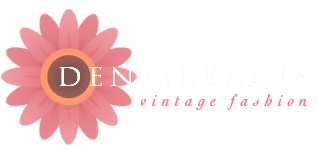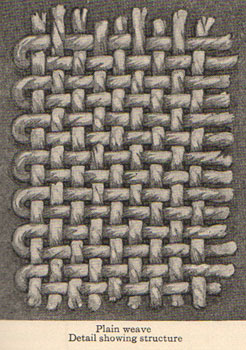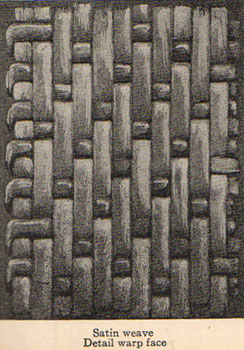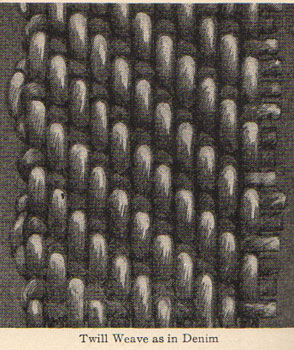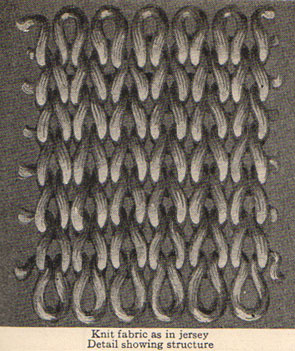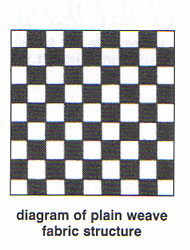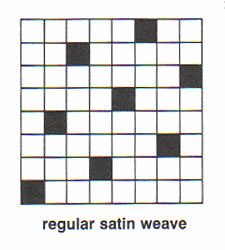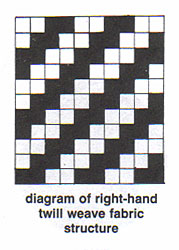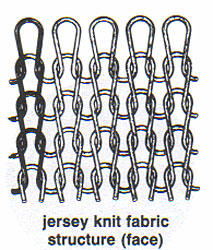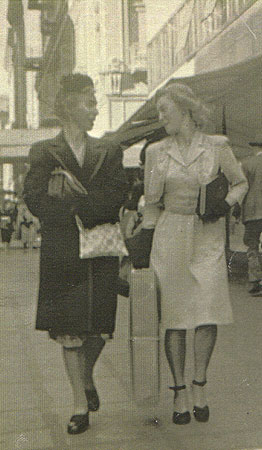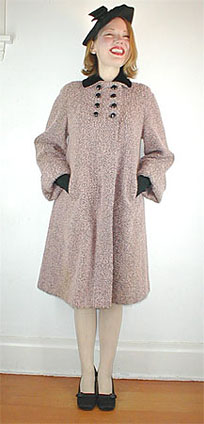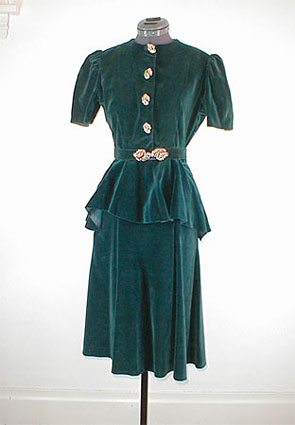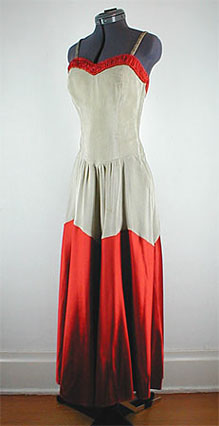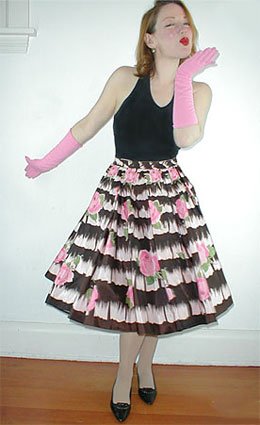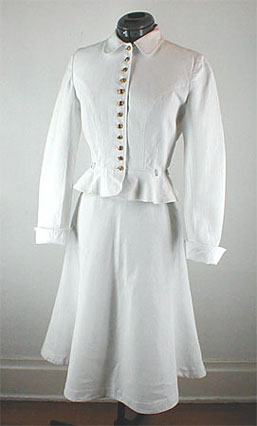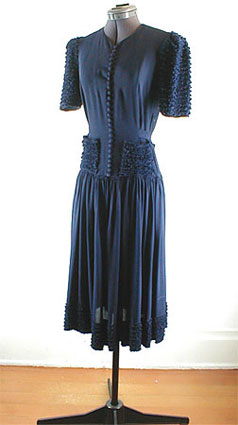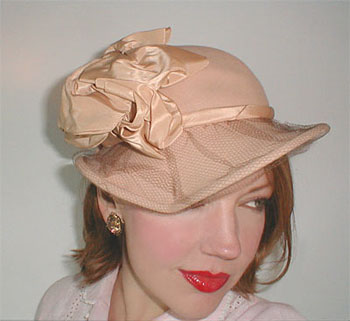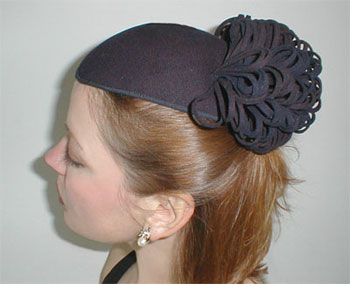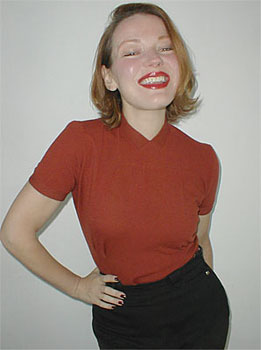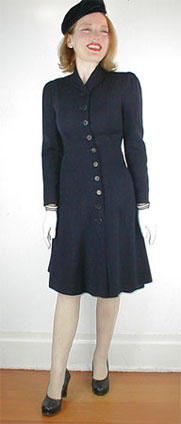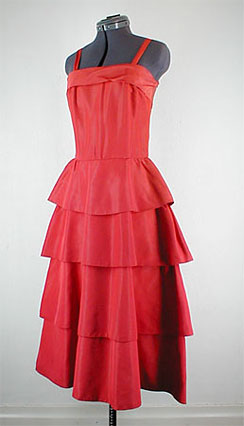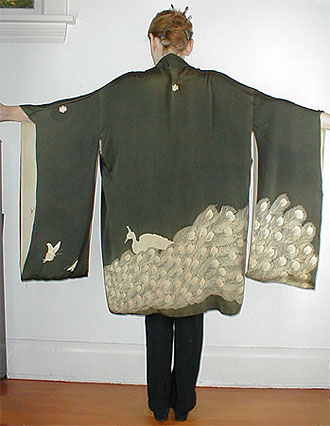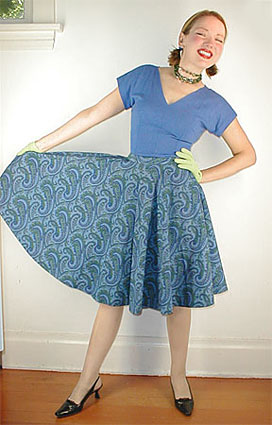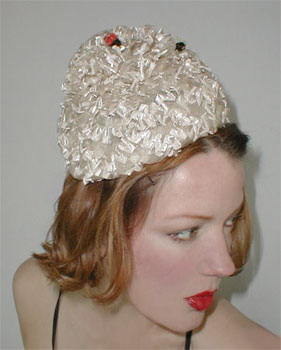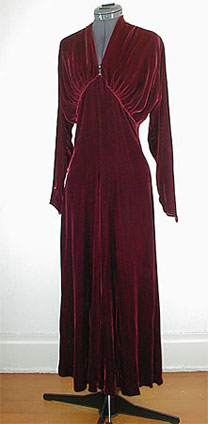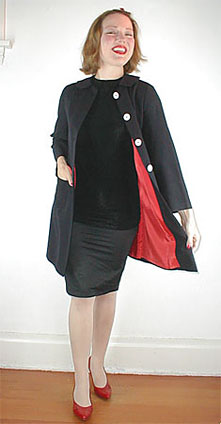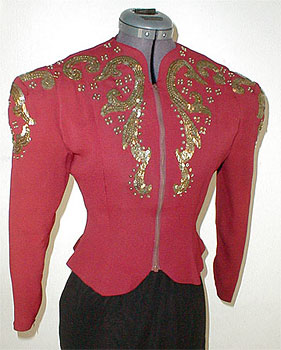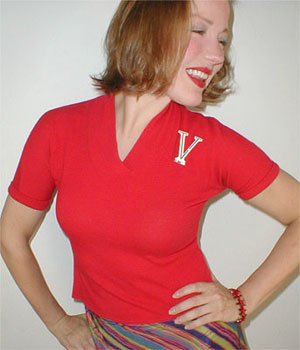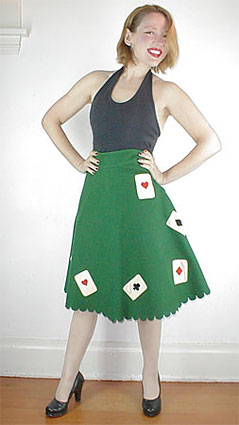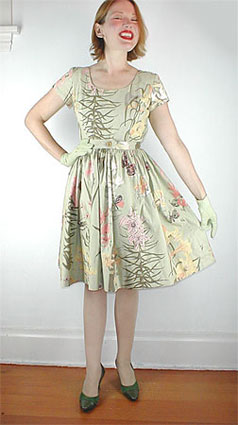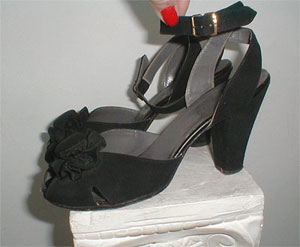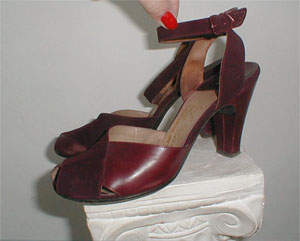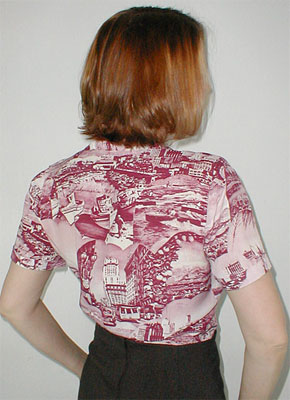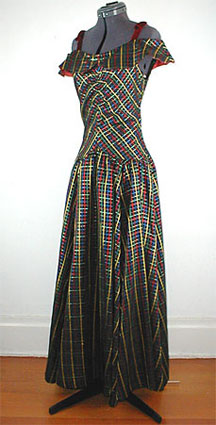My name is Margaret (some call me Maggie), and I am the seller denisebrain on eBay.
I believe having fun with clothing is one of the great pleasures of being human, and I want what I sell to be a joy to wear and to see walking down the street. I always buy what I would want myself and my taste is broad, so I sell things from late Victorian to nearly modern times.
Why Buy Vintage Clothing to Wear?
1. It looks fabulous!
Vintage clothing is often designed with much more detail than modern clothing, even on the simplest day dress. The fabrics are at the very least different, and at the very most stunningly rich and beautiful. Oh and the colors!...Try a 30s peach, a 40s navy, a 50s combination of blues, purples and olive or a 60s hot pink and riotous orange. Even greys and blacks are different. Then there's the construction, from elaborate darting to finely sewn buttonholes, so often no detail is spared. Whether the fashions were sewn by decently-paid American factory workers or home seamstresses, there is such great quality in vintage!
2. It is recycling!
Why go and buy another new thing (and have you noticed how much new stuff is vintage inspired or washed and treated to look very worn?). Why not just have the real thing, save the raw materials, waste, and energy. And that includes your own! Used is so, so good. So many things are _better_ when worn: Shoes are broken in just enough, leather jackets have character, prairie dresses look like they've seen the prairie...
3. It has karma!
Sometimes it is a wedding announcement in a coat pocket, other times it is just a feeling you have that somehow
this dress,
this pair of shoes, has been around a dance floor with the handsomest man in Cuba, ca. 1947! It is like wearing history, and sharing someone else's story. So many sweet kisses, sunny days gone by, theater openings, and jobs well done are imbedded in vintage clothes.
4. It might fit you better!
New clothes are cut according to standards that are dictated by the garment industry and fashion sensibilities. But what if you are cut more like Marilyn Monroe than the current trend? Or what if you are as gamine as Audrey Hepburn? There is a time in fashion for you! Look at the measurements on the clothing, they never coincide exactly with modern sizing, and you are likely to find a decade, a cut, and an article of dress that is so YOU darling that it seems like the designer had only you in mind.
5. It is generally a very good bargain!
So often vintage clothing, even in the priciest high-falutin' vintage boutique, is much less expensive than new clothing. If you are looking for brand names, designers, or just good-looking clothing, you will definitely find it for less, and almost always of a better quality, than new clothing ever can be.
6. It is not what everyone else has!
The cool thing is, even if you and all your friends wear vintage, you will all be dressed in unique and totally gorgeous ways. And you will never, I repeat NEVER, run into someone wearing exactly the same clothes. You know you are special, so why dress like someone else?
7. It will remind you of interesting times gone by!
Is it reliving your childhood in penny loafers? Taking a swirl in a swing dress like your mom once wore? Cruising the streets in a local bowling league shirt? Not only is this karma (see 3. above), it is connection to very special people, places and history that you know, love and want. You are living history, not just covering yourself to evade indecency laws!
8. It lets you play new roles!
In a different mood? Want to be someone just a little different today? How about a Mod, a 1930s femme fatale, a suffragette, a USO starlet, a flapper, a New Look untouchable beauty, a hippie, a war bond rationer, a dust bowl prairie girl, a First Lady, a princess, a siren, a punk? Why limit yourself to mere reality and the here and now?
9. Vintage highlights your uniqueness!
Want to go up a notch in the fascination quotient? You will be unique (ain't no one dressing just like you), beautiful (because you have found the just right style of all time for you), sensitive (you're saving the environment after all) and intelligent (look at all the money you have saved).
You are unique, beautiful, sensitive and intelligent and I want to help you dress!
Love, M
